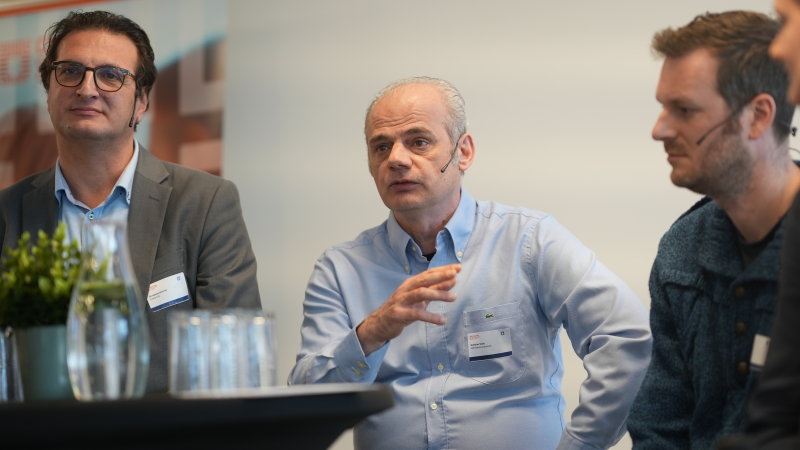Your cart is currently empty!

Don’t mistake control for AI
Yesterday I came across a video showing a small ‘industrial’ robot trying to serve a hotdog to a customer in a sort of vending machine. Because the bun slides sideways, the robot fails to shove the sausage in. It continues anyway and puts the bare sausage on a second station, where it tries to pull a little paper bag over it. The bag is too small and falls off, but this is also ignored by the robot. As a result, it ends up serving a sausage, instead of a paper bag with a hotdog.
The poster commented, sarcastically, that he couldn’t wait for AI to take over the world. Of course, I understand the sarcasm and the joke, but looking at the discussions underneath the post, I also conclude that a lot is to be learned, by many. What bugs me with the whole story is that there seem to be several misconceptions that get into people’s minds when they see this video. There are two that I want to point out explicitly.
First of all, we’re looking at an automated (control) system here, not an artificial-intelligence solution. Robots have been running production lines for decades, without what we now call AI. This robot can be controlled using a simple closed loop of sensors and actuators, without any need for complex data analysis of the kind done in neural networks and other learning systems. A simple camera or sensor suffices to tell the control software whether or not a bun is present in the correct position, or whether the bun is covered by a bag in step two of the process. In short: what’s missing isn’t AI, but the normal closed loop of a control system.

